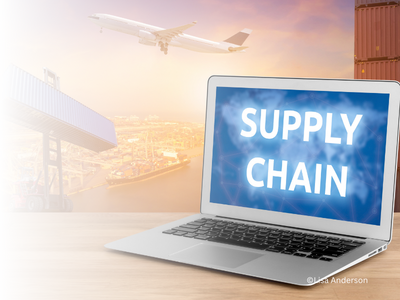When supply chains run smoothly, the economies they support do too.
But when even the smallest disruption occurs, supply chains can quickly turn into the equivalent of a daisy chain — where one event sets off a cascading impact down the entire logistics value chain.
Experts fear that this is what could happen up and down the East Coast as businesses and shippers try to manage the fallout from the March 26 collapse of Baltimore’s Francis Scott Key Bridge as a result of a cargo ship collision.
“The impacts to the local region will be significant for several months or years until the bridge is rebuilt,” Lisa Anderson, founder and president of LMA Consulting Group, told PYMNTS in an interview. “Even once the port is reopened, trucks will continue to be re-routed around Baltimore, adding time and cost to trips from the port and through the Baltimore area.”
The Port of Baltimore itself remains closed to ships moving in or out until further notice, and officials are now faced with the task of removing the thousands of tons of steel and concrete clogging Maryland’s Patapsco River, while at the same time navigating the logistics of rerouting Baltimore-bound ships to other ports up and down the eastern seaboard.
The U.S. Coast Guard opened a temporary alternate channel Monday (April 1) for vessels that are helping with the cleanup effort.
“The most critical timeframe is clearing the bay to reopen the port, which could take weeks,” Anderson said. “This will impact the ninth biggest port in the U.S. and 3,200 sites involved in logistics, distribution and warehousing nearby the port and bridge as well as local businesses.”
Read more at PYMNTS site.



